Tag: coronavirus
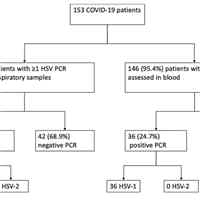
HSV-1 Reactivation Associated with Increased Mortality Risk and Pneumonia in COVID-19 Patients
Critically ill COVID-19 patients frequently reactivate HSV-1 but not HSV-2. HSV-1 reactivation in critically ill COVID-19 patients was associated with an increased risk of day-60 mortality and hospital-acquired pneumonia... read more
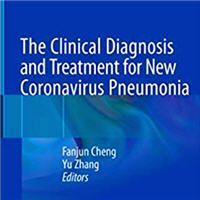
The Clinical Diagnosis and Treatment for New Coronavirus Pneumonia
This book is a practical manual for anti-COVID-19. It is not only with the reference to the result of modern medical science, patients' situation, but also take the deployment of medical resources into consideration. Content... read more

COVID-19: Limitation of Life-sustaining Treatment and Patient Involvement in Decision-making
Life-sustaining treatment limitation decisions were made for 18% of a COVID-19 patient cohort. Hereof, more than a third of the decisions had been made before hospital admission. Many records lacked information on patient... read more
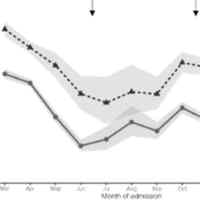
UK 28-Day Mortality Trends of COVID-19 Patients
There was a marked deterioration in outcomes for patients admitted to critical care at the peak of the second wave of coronavirus disease 2019 in United Kingdom (December 2020–January 2021), compared with the post-first-wave... read more
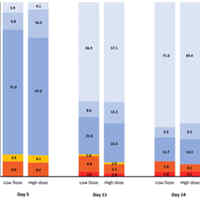
Effect of High vs. Low Dose of Dexamethasone on COVID-19 Pneumonia Patients
Among hospitalised COVID-19 patients needing oxygen therapy, high dose of dexamethasone reduced clinical worsening within 11 days after randomisation as compared with low dose of dexamethasone. Further studies are necessary... read more

Interim-analysis of the COVID-19 Patients Treated with the Seraph 100 Microbind Affinity Filter Registry
The treatment of COVID-19 patients with Seraph®100 is well tolerated and the circuit failure rate was lower than previously reported for KRT in COVID-19 patients. Mortality corelated with late initiation of Seraph treatment... read more

Obesity, Inflammatory and Thrombotic Markers, and Major Clinical Outcomes in Critically Ill Patients with COVID-19 in the US
In critically ill patients with COVID-19, higher BMI was not associated with death or thrombotic events but was associated with a greater risk of ARDS and AKI-RRT. The lack of an association between BMI and circulating... read more
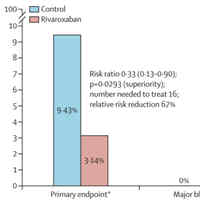
Rivaroxaban vs. No Anticoagulation for Post-discharge Thromboprophylaxis After COVID-19 Hospitalisation
In patients at high risk discharged after hospitalisation due to COVID-19, thromboprophylaxis with rivaroxaban 10 mg/day for 35 days improved clinical outcomes compared with no extended thromboprophylaxis. From Oct 8,... read more
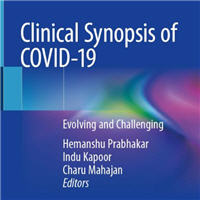
Clinical Synopsis of COVID-19: Evolving and Challenging
Coronavirus disease or COVID-19 or SARS-CoV-2 infection is the latest pandemic that has affected humans globally. The disease has manifested itself in several forms and is now the focus of research worldwide. This book... read more

A Rare of Case of COVID-19-Related Pericardial Effusion and Cardiac Tamponade
Acute pericarditis involves inflammation of the pericardial sac, which is made of an inner mesothelial visceral layer that surrounds the heart. Normally, this layer produces ~50 mL of fluid to lubricate the heart and... read more

ARDS and High Blood Endocan Profile During COVID‑19
With great interest, we read the recently published paper by Pascreau et al. concluding that a high blood endocan profile during COVID‑19 distinguishes moderate from severe acute respiratory distress syndrome (ARDS). In... read more

Lopinavir-ritonavir and Hydroxychloroquine for COVID-19 Patients
Recent trials involving steroids and other immunomodulators have shown benefits and contributed to improved care. Given the emerging nature of the virus, several repurposed agents were also considered as potential antiviral... read more
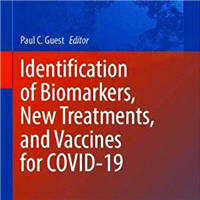
Identification of Biomarkers, New Treatments, and Vaccines for COVID-19
The novel coronavirus 2019 (COVID-19) has caused a serious global pandemic in just one year. Nearly every country and territory in the world has been affected by the virus. The virulence and infection rate of the virus are... read more
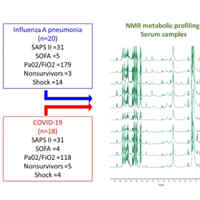
Metabolomic Diferences: COVID-19 vs. H1N1 Influenza in ARDS
This study aimed to compare the specificity of the metabolic alterations induced by COVID-19 or Influenza A pneumonia (IAP) in acute respiratory distress syndrome (ARDS). Our findings support the concept that ARDS is associated... read more








